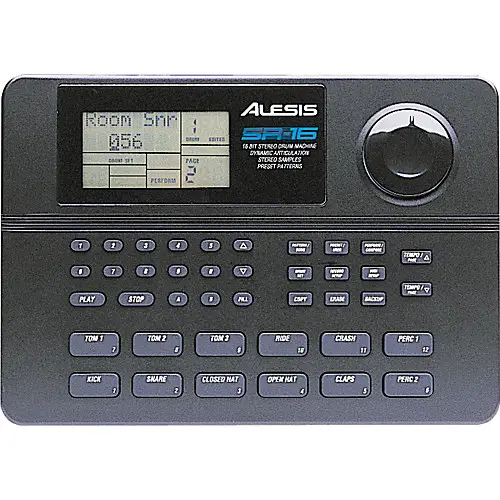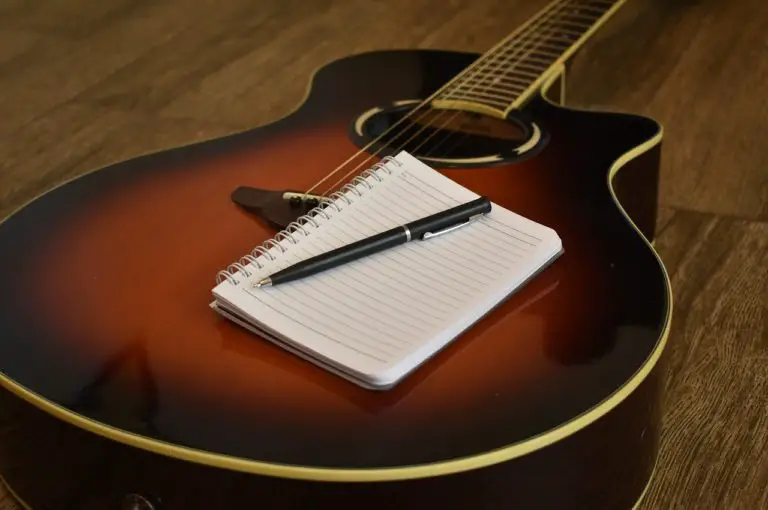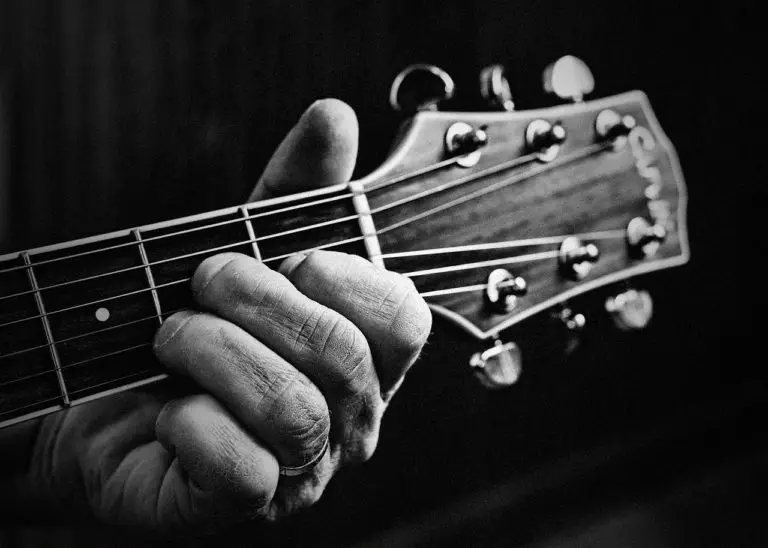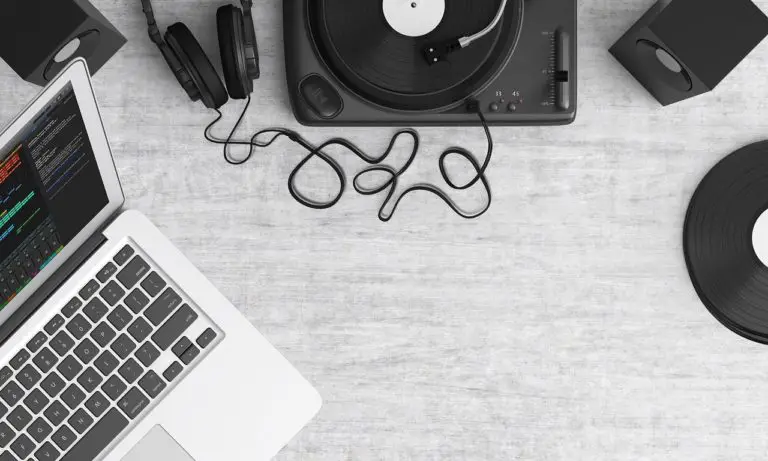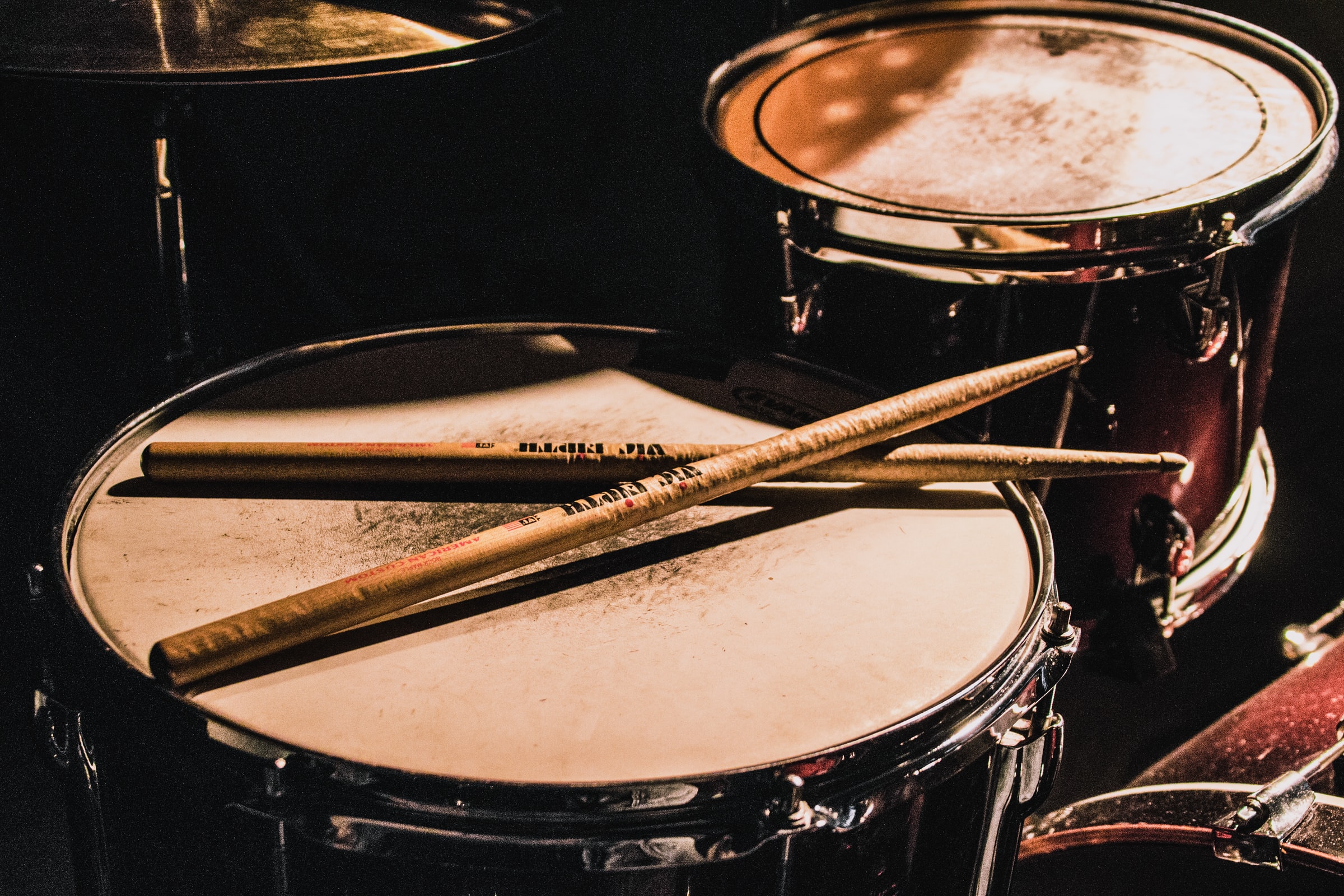What Does Treble Do? The Mystery of High-Frequency Sound
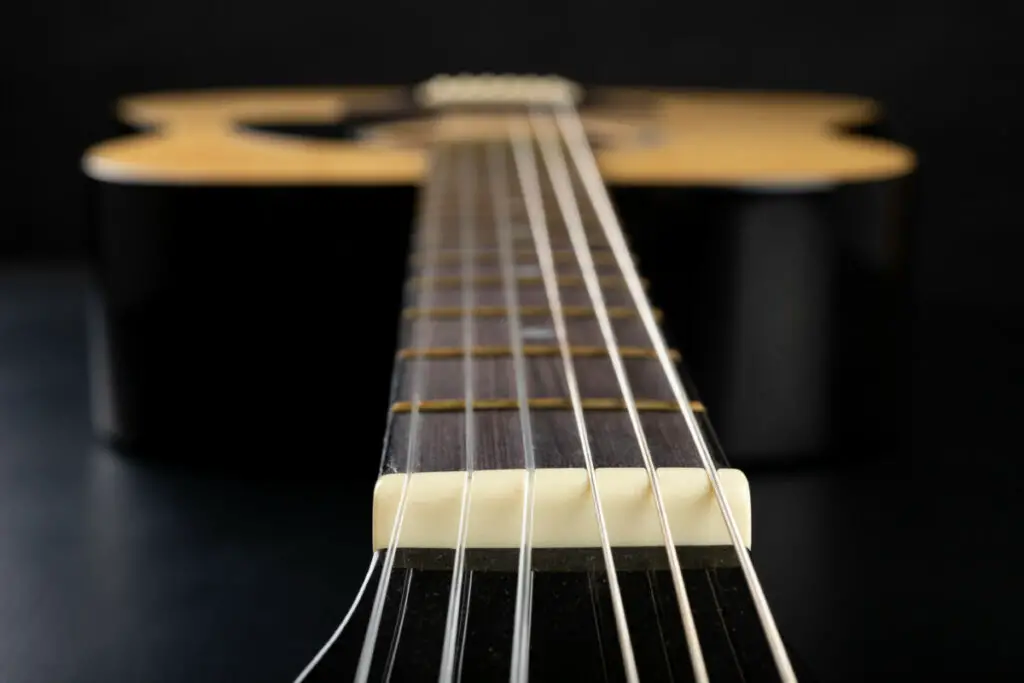
Treble is an important element of audio reproduction that helps to create a more balanced and detailed sound. Whether you’re listening to music on your headphones or speakers, understanding music affects your listening experience can make a big difference. So, what does treble do, and what is it??
Treble refers to the high-frequency sound in music, typically in the range of 2,000 to 20,000 Hz. One can enhance or reduce the brightness by boosting or cutting the treble frequencies in a track. The treble is often adjusted alongside the bass and midrange to achieve a balanced and pleasing sound.
Below, you’ll learn more about the importance of treble in creating a balanced sound, how to adjust treble settings on different devices, and how different genres of music use treble in unique ways.
Whether you’re an audiophile looking to fine-tune your listening experience or simply curious about how music production works, understanding treble can deepen your appreciation of music and help you get the most out of your listening sessions.
What Does Treble Do in Music and Sound Reproduction?
Treble plays a crucial role in defining the character and quality of music and sound reproduction.
Enhancing Detail and Clarity
The primary function of treble is to contribute to the detail and clarity of the sound. High-frequency sounds, like the crashing of cymbals or the sharp intake of a singer’s breath before they hit a high note, are primarily in the treble range. By amplifying or reducing treble frequencies, you can control the level of these details in the overall mix.
Impacting Soundstage and Imaging
Treble also impacts the perceived soundstage and imaging—the ability to locate different instruments or sounds in the stereo field. Too much treble might make the sound seem closer than it is, while too little can make it feel distant.
Interaction with Other Frequencies
Treble does not exist in isolation; it interacts with the midrange and bass frequencies to create a balanced sound. Adjusting the treble can influence the perception of other frequencies. For instance, reducing treble might make the bass seem more dominant, even if the bass level remains the same.
The Role of Treble in Creating a Balanced Sound
Treble is a key component in creating a balanced and detailed sound in music. Alongside bass and midrange, treble plays an important role in shaping the overall sonic profile of a track. By understanding how treble affects sound quality and how to adjust it, you can achieve a more satisfying listening experience.
Treble is the high-frequency sound range typically between 2,000 and 20,000 Hz. Boosting or cutting treble frequencies can significantly impact the clarity, brightness, and detail of a track. A well-balanced sound requires a careful balance of treble, bass, and midrange frequencies. Too much treble can result in a harsh, piercing sound, while too little can make the track sound muffled or lacking in detail.
Achieving a balanced sound requires a good understanding of the different elements of sound and how they interact with one another. Treble can add brightness and clarity to vocals and instruments, making them stand out more. However, it’s important to avoid overdoing it, as too much treble can make a track sound harsh or shrill.
Treble in Audio Production and Mixing
Understanding and manipulating treble frequencies is key to creating a balanced and pleasing mix in audio production and mixing.
Highlighting Details
Mix engineers often use treble frequencies to bring out details in a mix. For example, boosting the treble can make a vocal track more prominent, allowing it to stand out against the other elements in the mix.
Avoiding Harshness
At the same time, an excessive boost in treble can result in a harsh, fatiguing sound. Engineers need to strike a balance where the sound has enough brightness and clarity without becoming unpleasant.
Using High-Pass Filters
High-pass filters, which let high frequencies pass while reducing lower frequencies, are often used to clean up a mix. By applying a high-pass filter, engineers can remove low-frequency noise that might muddy the mix, ensuring the treble sounds clean and clear.
Adjusting Treble Settings on Different Devices
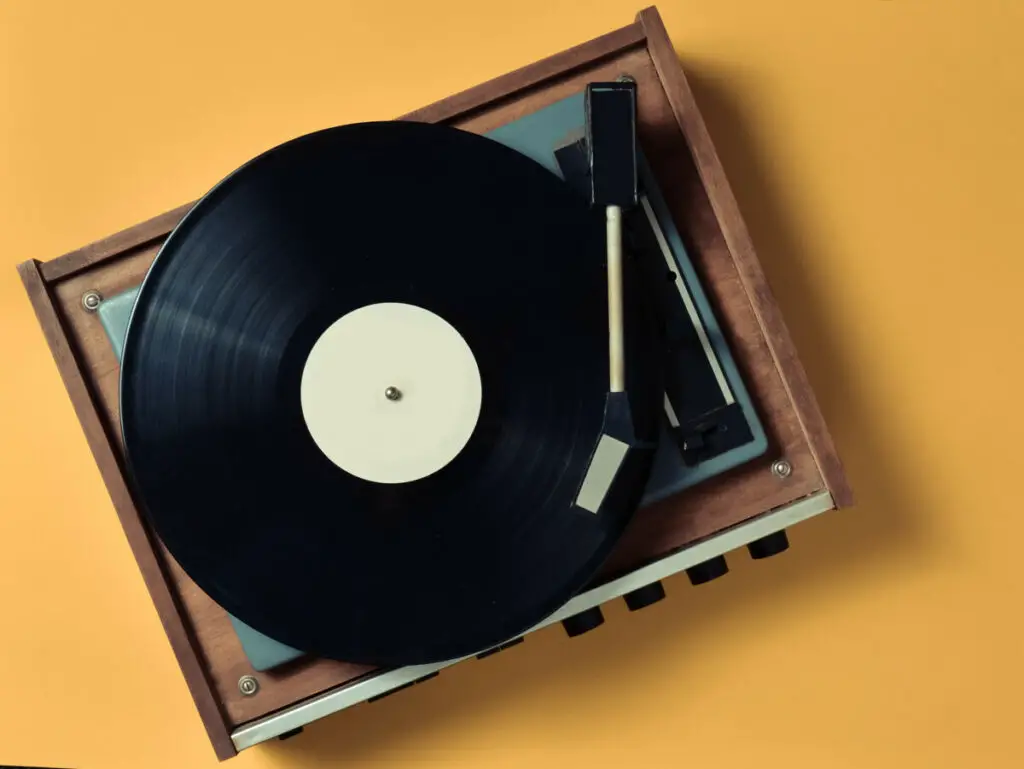
Adjusting the treble settings on different devices is important in achieving the best possible sound quality. Whether listening to music on headphones, speakers, or a home theater system, understanding how to adjust treble can help you achieve a more balanced and detailed sound.
Here’s what adjusting treble looks like on multiple devices:
- On home theater devices. The treble can be adjusted with a knob found at the front. Many home theater systems have a dedicated remote control that allows you to change the treble and other settings easily.
- On your smartphone or tablet. Go to the sound settings menu and look for an option to adjust the equalizer. You may also access the equalizer through your music app or streaming service.
- On Windows. Go to the Control Panel and look for the Sound option. From there, you can access the equalizer and adjust the treble settings.
- On Mac. Go to the System Preferences and look for the Sound option. Again, you can access the equalizer and adjust the treble settings.
Using Treble to Enhance Different Genres of Music
Treble can help enhance many different music genres. Below is how treble works for different genres of music:
Pop
In pop music, the treble range often features the crunch of electric guitars, the cymbals shimmer, and the lead vocalist’s clarity. Boosting the treble might help these elements cut through the mix, providing a rich, energetic listening experience.
Jazz
For jazz, the treble range can highlight the brightness of brass instruments, the higher notes of a piano, and the brushwork on cymbals. Too much treble can make the sound overly bright and lose the warm, intimate feeling often associated with jazz. Boosting the treble can help to bring out the nuances of the improvisation and make the music sound more lively and dynamic. However, too much treble can make the music sound overly bright or harsh.
Rock
In rock music, treble is often used to add bite and aggression to electric guitars. Boosting the treble frequencies can make the guitar sound more prominent in the mix and add a sense of energy and intensity to the music. However, it’s important not to overdo it, as too much treble can make the music sound harsh or piercing.
Hip-Hop and Electronic
In hip-hop and electronic music, treble often adds brightness and sparkle to the high-hat and cymbal sounds. Boosting the treble can make the percussion sound more crisp and defined, which can help create a more energetic and dynamic sound. However, too much treble can make the music sound harsh or brittle.
Classical
In classical music, treble is often used to add clarity and detail to the strings and brass sections. Boosting the treble can help bring out the intricacies of the orchestration and make the music sound more vibrant and lively. However, it’s important not to overdo it, as too much treble can make the music sound overly bright or thin.
Common Misconceptions About Treble

There are several misconceptions about treble. Continue reading to learn about the most common ones.
Misconception #1: Treble is the same as volume.
One of the most common misconceptions about treble is that it is the same as volume. While it is true that boosting the treble can make the sound seem louder, treble refers to a specific range of high frequencies, whereas volume refers to the overall level of sound. Adjusting the treble alone will not necessarily make the music sound louder or softer.
Misconception #2: Boosting the treble always makes the music sound better.
Another misconception is that boosting the treble always makes music sound better. While treble can add brightness and clarity to different instruments and vocals, too much can make the music sound harsh or tinny. It’s important to balance the treble and other frequencies to create a balanced and pleasant sound.
Misconception #3: Treble is only important for high-pitched instruments.
Many believe treble is only important for high-pitched instruments such as cymbals or violins. However, treble can also enhance the sound of lower-pitched instruments, such as bass or drums. Boosting the treble can add definition and clarity to these instruments, making them stand out.
Misconception #4: Lowering the treble can fix bad audio quality.
Some people believe that lowering the treble can fix bad audio quality. While reducing the treble can help balance the sound if the audio is overly bright or harsh, it will not resolve issues with audio quality, such as distortion or noise. It’s essential to identify the root cause of the problem and address it directly rather than relying on treble adjustments as a quick fix.


